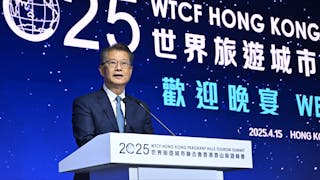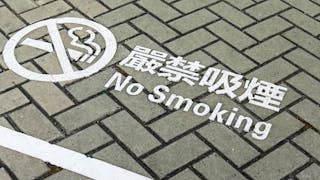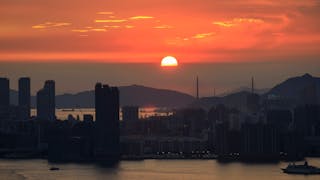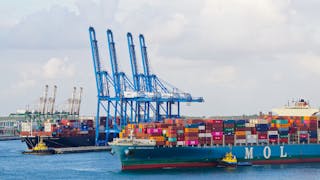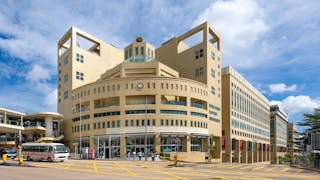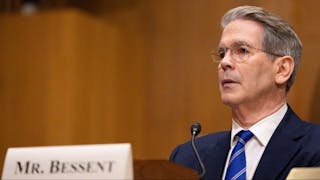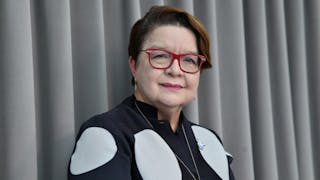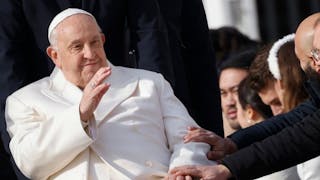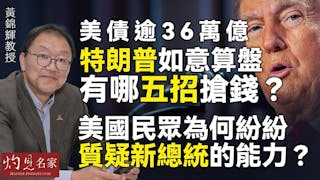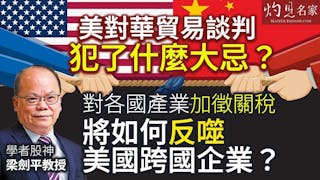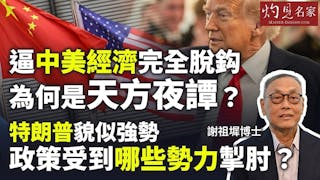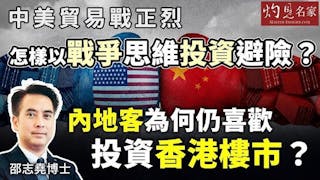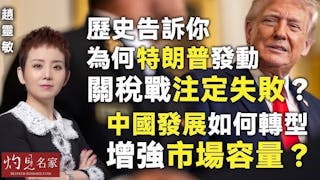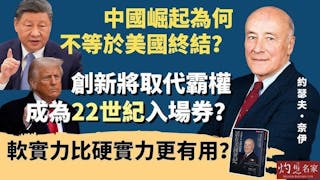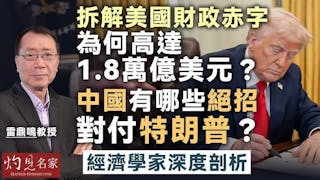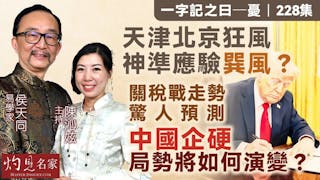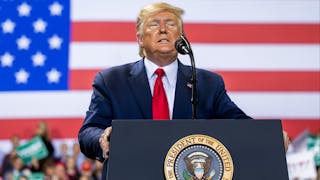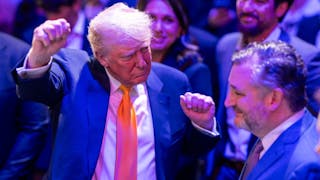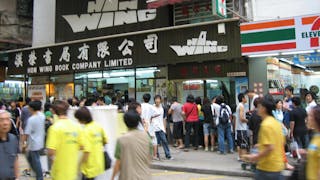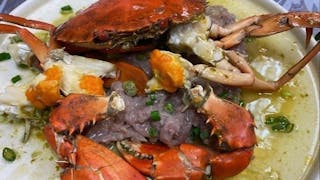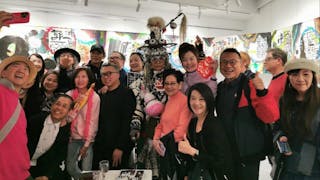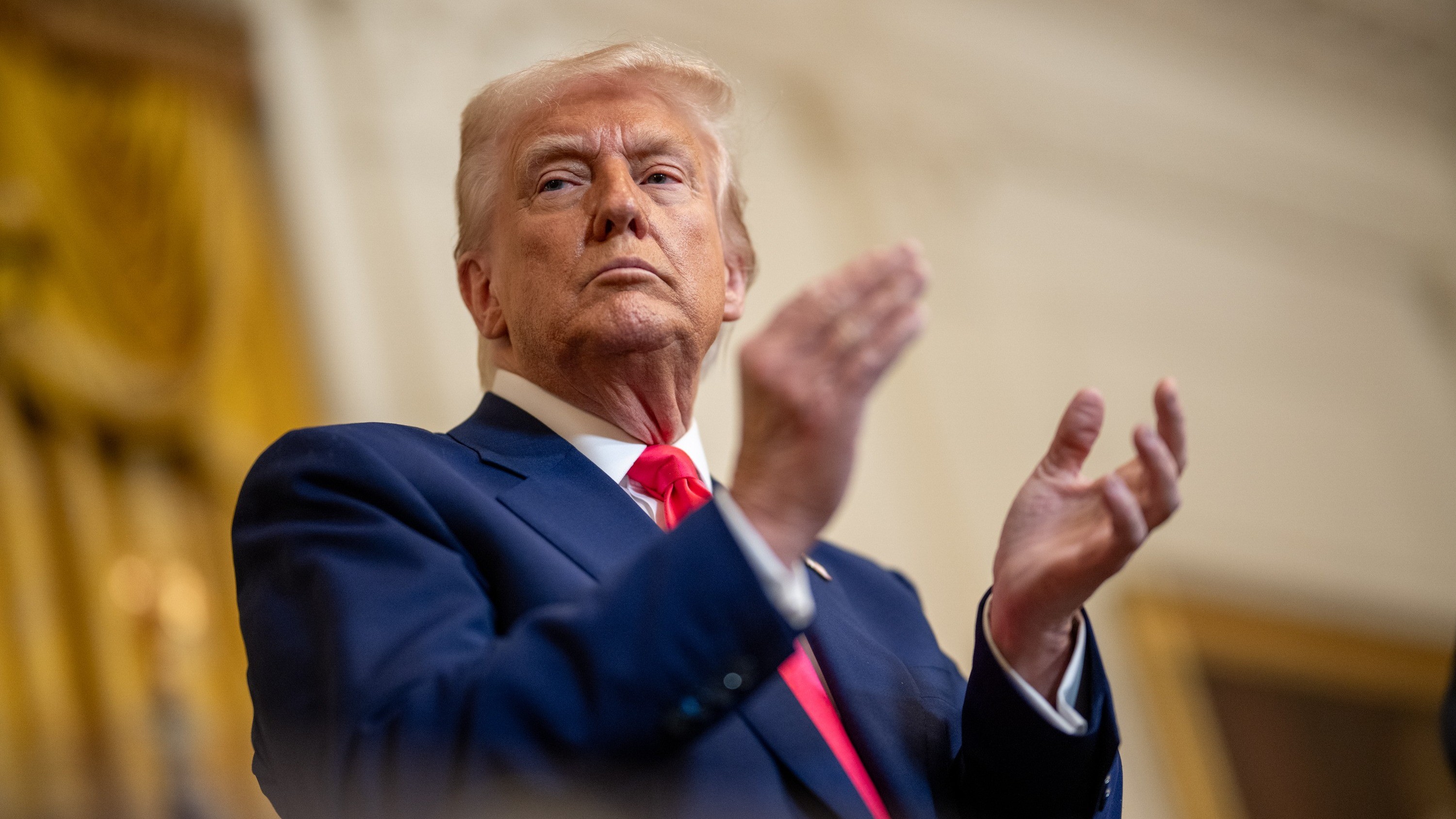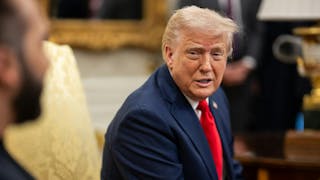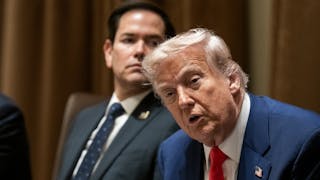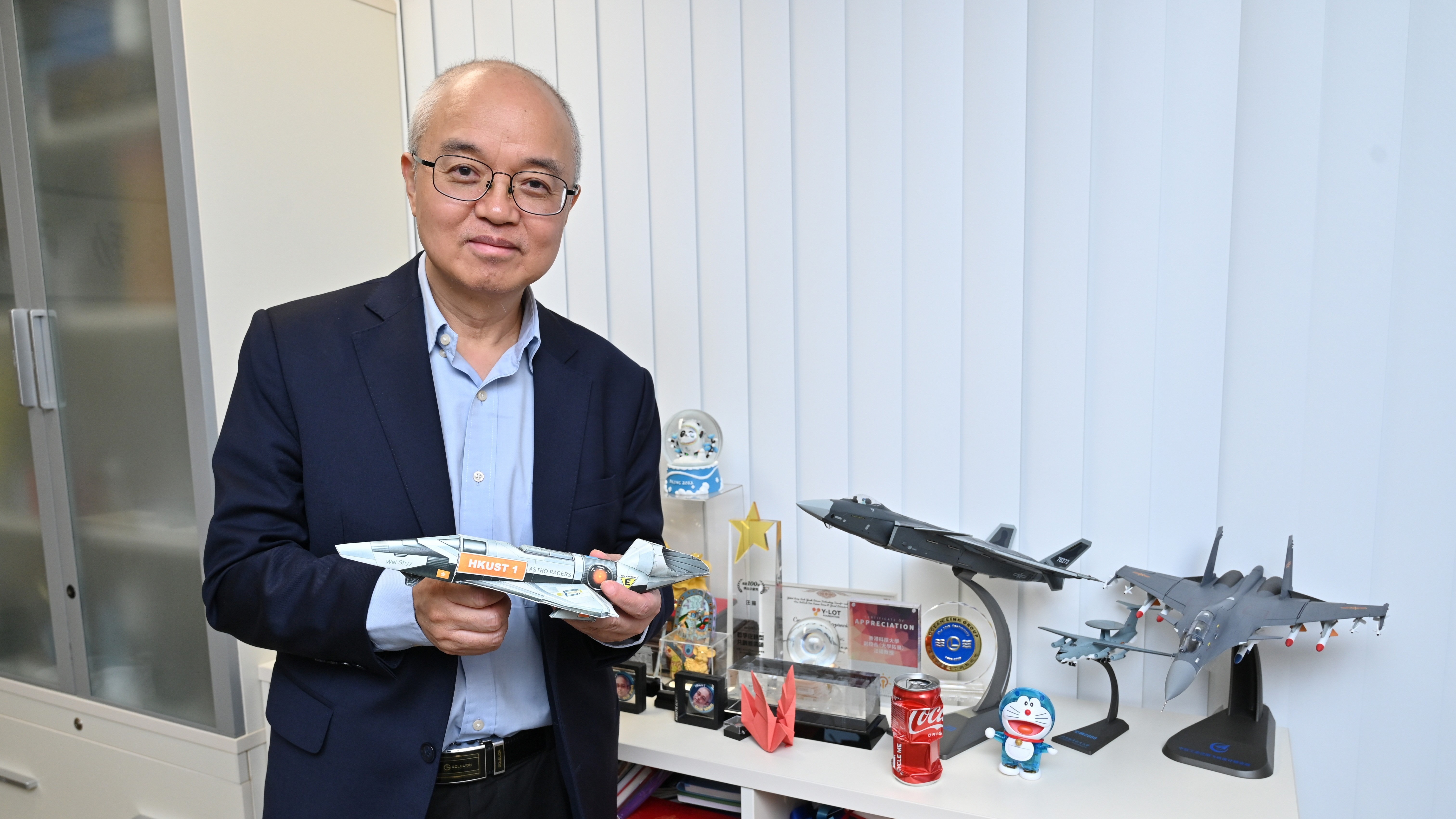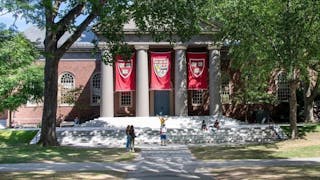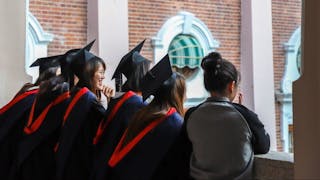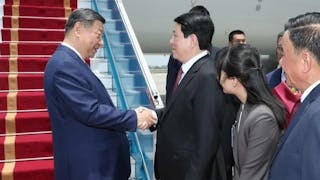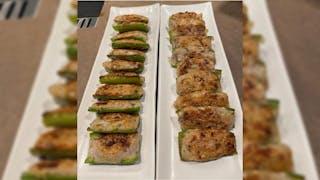近日文化體育及旅遊局局長羅淑佩履新後首度訪京,就推動本港旅遊業與內地官員進行互動,此行意義重大,與4月初澳門新任社會文化司司長社會文化司司長柯嵐訪京,同樣值得關注。
羅淑佩強調,香港需要利用中央支持香港旅遊業的政策,發揮香港品牌效應,推出新的旅遊產品,吸引內地和海外遊客。
羅亦與國家體育總局局長高志丹會面,討論香港與內地如何合作籌辦粵港澳第15屆全國運動會,這將是兩個特別行政區與廣東加強合作的重要盛事。
同樣,澳門社會文化司司長柯嵐於4月1日前往北京與內地官員出席工作委員會會議,討論澳門如何融合旅遊與文化。出席會議的內地官員包括國家文化和旅遊部副部長高政、中聯辦副主任黃柳權。會議回顧了2024年以來內地與澳門文化和旅遊合作的進展,雙方就內地文化和旅遊部與澳門政府如何向海外推廣中華文化和旅遊達成協議。
在粵港澳大灣區發展藍圖下,澳門將發揮以中華文化為主要特色的平台作用,同時強調多元文化交流基地的獨特作用。
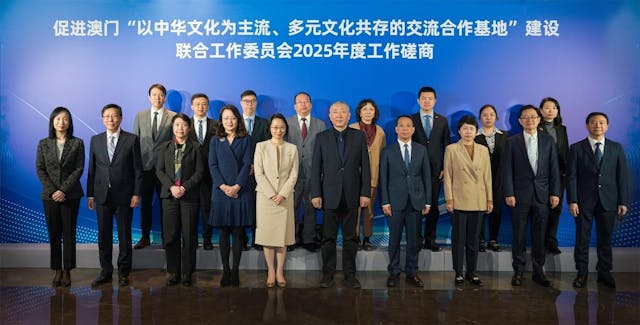
將澳門發展成文化傳播中心
為響應大灣區藍圖,澳門政府制定了2016-2020年發展規劃,旨在將澳門發展成為中華文化傳播中心,同時在旅遊推廣中強調澳門的多元文化特徵。2023年5月,內地文化和旅遊部簽署協議,成立聯合工作委員會,推動澳門以中華文化為主要特色、多元文化並存的基地建設。
因此,柯嵐的北京之行,是發展澳門作為中華文化基地、多元文化共存理念的後續行動。
澳門文化旅遊發展成績斐然。2024年6月,澳門榮獲2025年「東亞文化之都」的稱號,這是由中、日、韓三國政府共同發起的倡議。2024年是亞洲首個國際文化城市命名活動,是一場跨國界、跨界的盛會,澳門文化旅遊受到高度評價。
值得注意的是高政在會見柯嵐時提到了澳門榮獲「東亞文化之都」稱號,並表示中央政府期待與澳門加強合作,透過澳門弘揚中華文化。
「一程多站」推動灣區旅遊
事實上,港澳跨境旅遊合作日益重要。2025年4月7日,澳門旅遊局邀請香港旅遊業議會來澳舉行會議。香港旅遊議會代表團一行27人,由主席譚光舜率領。澳門旅遊局代局長程衛東與港方討論了一些具體問題,包括如何透過引入「一程多站」的理念,推動遊客到大灣區旅遊、如何更好地利用港澳旅遊資源、以及開拓兩地旅遊新方向等。
客觀而言,港澳旅遊當局應加強對話和深入探討如何推動「一程多站」的概念,為內地及海外遊客在港澳遊提供方便,或者鼓勵和安排他們到深圳、珠海等大灣區城市旅遊,以實現港澳與內地旅遊發展的共贏。雙方應就赴港澳遊客停留時間進行相互研究。
香港旅遊部門塑造了香港國際城市的形象,但香港作為東西文化、歷史交匯的特色,在香港的旅遊宣傳中並未得到充分強調。直到最近港澳辦主任夏寶龍就香港如何充分利用離島拓展旅遊點和景點發表講話,中央政府才對香港的旅遊業發展作出指示。
港澳旅遊部門應加強合作。澳門旅遊局與香港旅遊業議會最近舉行的會議是個好兆頭;不過,「一程多站」的概念不僅需要在澳門宣傳,也需要在香港宣傳。
香港旅遊當局歷來也重視舉辦大型活動來吸引外國和內地遊客,例如七人欖球賽、香港馬拉松和國際龍舟賽。同樣,澳門一直在利用大型活動來促進旅遊業,特別是澳門格蘭披治大賽車。在理想的情況下,應該將這類在兩地舉行的大型活動以創新方式銜接起來,實現「一程多站」的理念。
港澳體育旅遊與內地有很大合作空間。例如,足球在香港和澳門都相對不發達。每當香港邀請外國著名足球隊來港時,也可以安排他們到澳門和大灣區踢球。
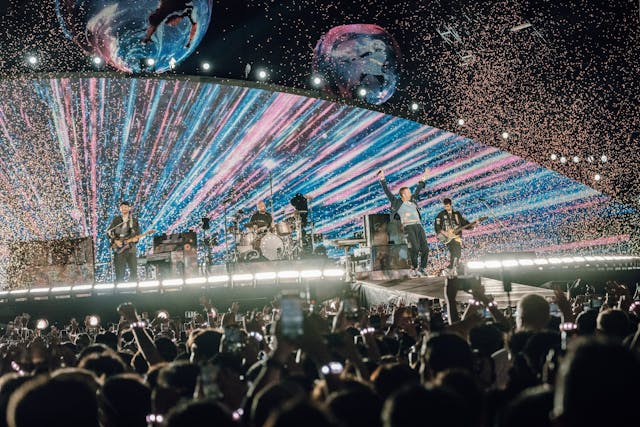
組建粵港澳超級足球聯賽
另一個創新想法是,組成粵港澳超級聯賽,由香港超級聯賽的多支頂級球隊和澳門頂級聯賽的球隊,與大灣區城市的優秀球隊一起參加一年一度的大灣區足球錦標賽。這樣,透過注入更多的競爭和主場比賽,足球的水平將會進一步提高。各隊的球迷和追隨者可以參觀大灣區城市,締造足球旅遊的雙贏局面。
許多其他體育賽事可以,而且應該採用上述模式。目前,香港和澳門的體育發展相對局限於兩地,沒有太多跨界進入內地的合作。希望第15屆全運會能激發各運動界人士思考,未來幾年體育與旅遊如何進一步融合、共同發展。
聯合港澳郵輪離島旅遊
傳統上,澳門將文化遺產與旅遊業融為一體。香港是國際城市,為全球金融中心聞名。兩座城市的旅遊形象重點不同,採取的旅遊策略也相異:澳門在內地和外國遊客眼中是博彩中心和具多元文化色彩的中華文化中心;而在內地遊客眼中,香港則是國際化城市。
香港旅發局可能需要在保護歷史遺跡方面做出更多努力,並強調香港在歷史上東西方交流橋樑發揮的作用。在這方面,香港的博物館或許需要多加思考,拓展中西文化交滙的主題。港府在發展旅遊業採取的傳統不干預政策似乎已經過時,夏寶龍對香港旅遊業的評論指出,需要更好的規劃以及更協調、更創新的策略。
如郵輪和離島遊是香港旅遊業發展的一個方向,那麼它也可以與澳門連繫起來,澳門賭場特許經營權的續約確實提到了在澳門半島和氹仔島發展郵輪旅遊的必要性。如現在橫琴部分地區由澳門和珠海共同管理,橫琴也可以發展郵輪旅遊,長遠而言,橫琴不僅與澳門相連,而且與香港相連。
總而言之,港澳特區旅遊部門主要負責官員羅淑佩和柯嵐分別訪京,就跨境旅遊問題與內地進行互動和合作,對兩地旅遊業的發展具有重要意義。香港要創新,中港、中澳、港澳之間需要加強合作。在此方面,港澳需要加強協調、加強對話、加強創新、加強文化體育界的動員,充分發揮香港和澳門作為中國南部沿海文化體育旅遊雙子星的巨大潛力。
Cross-boundary tourism: Hong Kong and Macau
If cross-boundary tourism embraces how tourism authorities of Hong Kong and Macau interact with mainland officials on the ways of boosting the tourism industry of the two special administrative regions, the visit of the new Hong Kong Secretary for Culture, Sports and Tourism, Rosanna Law Shuk-pui, to Beijing and also the visit of the new Macau Secretary for Social Affairs and Culture, O Lam, to Beijing in early April deserve our attention.
Rosanna Law’s first visit to Beijing was significant, as she and other subordinates went to meet the Director of the Hong Kong and Macau Affairs Office, Xia Baolong. According to Law, Xia showed his deep interest in how Hong Kong could develop its tourism sector, especially Xia’s “special directive” of encouraging Hong Kong to utilise its outlying islands to innovate tourism through the introduction of cruise tours.
Xia’s “special directive” was mentioned long ago when he met the former Secretary for Culture, Sports and Tourism, Kevin Yeung. As Yeung’s successor, Law naturally must follow up with Xia’s innovative idea.
Rosanna Law emphasised the need for Hong Kong to take advantage of the central government’s policies supportive of Hong Kong’s tourism, maximising the territory’s brand name and producing new tourism products to attract visitors from the mainland and overseas.
Law also met Gao Zhidan, the Director of the State General Administration of Sports, to discuss how Hong Kong and the mainland cooperate in the preparation for the 15th National Games, which are going to be co-hosted by Guangdong, Hong Kong and Macau, and which will be an important event signalling the closer collaboration between the two special administrative regions and Guangdong.
Gao expressed the mainland’s strong support for Hong Kong’s sports development, including assistance in coaching, athlete training and even facility resources – areas that Hong Kong sports require, as the territory’s sports have been generally underdeveloped compared with the mainland, even though Hong Kong has impressive achievements in a few areas of sports in the world, like fencing.
Law visited the China Film Administration to discuss ways of cooperation and exchanges between the film industries of Hong Kong and the mainland – a large area of cooperation that can make further advancement, as Hong Kong films can be co-produced with the mainland by utilising the mainland’s vast facilities, relatively cheaper rental costs, huge resources and invaluable expertise. The Closer Economic Partnership Arrangement has already allowed Hong Kong’s film industry and its professionals and investors to move inland, target the mainland’s audiences and co-produce high-quality films with lucrative prospects.
On April 1, the Macau Secretary for Social Affairs and Culture, O Lam, went to Beijing to attend a work committee meeting with mainland officials on how to integrate tourism with culture in Macau. The mainland officials who attended the meeting included the Vice Minister of Culture and Tourism, Gao Zheng, and the Liaison Office Deputy Director, Huang Liuquan.
The meeting on April 1 reviewed the progress of the mainland–Macau collaboration in culture and tourism since 2024, and both sides reached an agreement on how the mainland’s Ministry of Culture and Tourism and the Macau government would promote Chinese culture and tourism to overseas countries.
Under the Guangdong–Hong Kong–Macau and Greater Bay Area blueprint, Macau is expected to play the role of a platform utilising Chinese culture as the main feature, while simultaneously emphasising its unique role as a multicultural exchange base.
In response to this Greater Bay Area blueprint, the Macau government came up with its 2016–2020 developmental plan that aimed at developing Macau as a centre for promoting Chinese culture while stressing its multicultural identity in tourism promotion. In May 2023, the mainland Ministry of Culture and Tourism signed an agreement to form a joint working committee to promote Macau as a base that emphasises Chinese culture as a main characteristic and multiculturalism as another coexistence feature.
Hence, O Lam’s visit to Beijing was a follow-up action from the idea of developing Macau further as “a base” for Chinese culture as the hallmark, with multicultural coexistence.
Macau has been performing impressively in its development of cultural tourism. In June 2024, Macau was awarded the title of Culture City of East Asia 2025 (see: Macao honoured as Culture City of East Asia 2025 – Macao SAR Government Portal [www.gov.mo]). The nomination of Culture City of East Asia was an initiative jointly launched by the governments of China, Japan and the Republic of Korea. The 2024 meeting was the first international cultural city naming event in Asia and represents a transnational and cross-boundary event in which Macau’s cultural tourism was highly praised.
Apart from this award, Macau has made achievements in acquiring the awards from China’s National Art Foundation in 2023 and 2024, and the city has produced many innovative local and young artists whose creative works won eleven awards from the Foundation in 2023 and ten more from the same Foundation in 2024.
It is noteworthy that during the meeting with O Lam, Gao Zheng mentioned the award to Macau as a Culture City of East Asia, and he added that the central government expects closer cooperation with Macau to promote Chinese culture through the city.
Cross-boundary tourism cooperation is increasingly important between Hong Kong and Macau. On April 7, 2025, the Macau Tourism Office invited the Hong Kong Travel Industry Council to visit Macau and hold a meeting. The 27-member delegation from the Hong Kong Travel Industry Council was led by Chairman Tam Kwong-shun. The Acting Director of the Macau Tourism Office, Cheng Wai Tong, discussed with the Hong Kong side some concrete issues, including how to promote tourists to visit the Greater Bay Area through the idea of introducing “one station, multiple visits”, how to better utilise the tourism resources of Hong Kong and Macau, and how to develop new directions of tourism in the two places.
Analytically speaking, Hong Kong and Macau’s tourism authorities should enhance more dialogue and in-depth discussions on how they can and will promote the idea of “one station, multiple visits”. Mainland and overseas tourists can grasp the opportunity of visiting Macau first and then going to Hong Kong, or vice versa. They should be encouraged and arranged to visit Shenzhen, Zhuhai or other cities in the Greater Bay Area for the sake of achieving a win-win situation in the tourism development of Hong Kong, Macau and the mainland. Mutual research on the length of stays of tourists to Hong Kong and Macau should be conducted. If short duration of staying in Hong Kong and Macau is the pattern, the tourism authorities of the two cities should take advantage of such short stay to make the visits of Hong Kong and Macau intertwined in a single package.
Traditionally, Hong Kong has relied much on the individual mainlanders’ visits since July 2003, and its collaboration with the mainland tourism authorities can be enhanced further. Hong Kong’s tourism authorities have created Hong Kong’s image as an international city, but the historical encounter of Hong Kong as an eastern city meeting western culture has not been fully publicised and emphasised in Hong Kong’s tourism promotion. Nor did the central government give directions on Hong Kong’s tourism development until the recent remarks made by Xia Baolong on how Hong Kong should make full use of its outlying islands to expand tourism spots and attractions.
The tourism authorities in Hong Kong and Macau should enhance collaboration. The recent meeting between the Macau Tourism Office and the Hong Kong Travel Industry Council is a good sign; nevertheless, the idea of “one station, multiple visits” needs to be publicised not only in Macau but also in Hong Kong. It remains to be seen how the tourism authorities in Hong Kong, both in the private and public sectors, will really grasp and implement this important idea in the coming years.
Hong Kong’s tourism authorities have also traditionally emphasised megaevents to attract foreign and mainland tourists, such as Rugby Sevens, Hong Kong Marathon and International Dragon Boat Races. Similarly, Macau has been utilising megaevents to promote tourism, notably the Macau Grand Prix. Ideally speaking, these megaevents in the two cities can and should be innovatively connected with a view to realising the idea of “one station, multiple visits”.
Sports tourism in Hong Kong and Macau has much room for collaboration with the mainland. Soccer, for example, is relatively underdeveloped in both Hong Kong and Macau. Whenever Hong Kong invites famous foreign soccer teams to visit Hong Kong, they can be arranged to play in Macau and the Greater Bay Area (GBA) too.
Another innovative idea is to form a premier league for the Greater Bay Area, Hong Kong and Macau, with several top-performing teams in the premier league in Hong Kong and their counterparts in the top division of Macau participating in an annual GBA soccer tournament with the outstanding teams in GBA cities. This way, the standards of soccer can and will be improved further by injecting more competition and the host and home matches. Fans and followers of various teams can visit GBA cities, stimulating a win-win scenario in soccer tourism.
Many other sports events can and should adopt the aforesaid model. Currently, sports development in Hong Kong and Macau is relatively restricted to the two cities alone without much collaboration across the two cities’ boundaries into the mainland. It is hoped that the 15th National Games will be able to stimulate various sport sectors to consider how sports and tourism can be integrated and co-developed further in the coming years.
Traditionally, Macau has integrated cultural heritage with tourism, while Hong Kong has created itself as an international city famous for its financial and monetary centre. Both cities have laid different emphases on their tourism image and adopted different strategies in tourism: Macau as a casino hub and special Chinese cultural centre with multicultural colours to mainland and foreign tourists, while Hong Kong as an international city in the eyes of the mainland tourists.
Hong Kong’s tourism authorities may have to do more in preserving historical sites and emphasising how the city historically played a crucial role in the interface between the East and the West. In this aspect, the museums in Hong Kong may have to do more thinking in expanding the theme of East meeting West. The traditionally non-interventionist policy adopted by the Hong Kong government in dealing with tourism appears to be outdated, for Xia Baolong’s comments on Hong Kong’s tourism have pointed to the necessity of better planning and a more coordinated and innovative strategy.
If cruise tourism is a way forward for Hong Kong and its outlying islands, it can also be linked up with Macau, where the renewal of casino concessionaries did mention the need to develop cruise tourism in the Macau Peninsula and the Taipa Island. If parts of Hengqin are now under the co-administration of Macau and Zhuhai, Hengqin can also develop cruise tourism, linking it with not only Macau but also Hong Kong in the long run.
In conclusion, the visits of Rosanna Law and O Lam to Beijing on tourism issues related to Hong Kong, Macau and their cooperation with the mainland have important bearings on the development of tourism in the two cities. If innovative ideas are required for Hong Kong, more collaborations between Hong Kong and the mainland, Macau and the mainland, and Hong Kong and Macau are and will be necessary. Better coordination, more dialogue, more innovative ideas, and more mobilisation of the cultural and sports sectors are needed in both Special Administrative Regions for the sake of maximising the huge potential of Hong Kong and Macau as the twin jewels of cultural and sports tourism in the southern coast of China.
原刊於澳門新聞通訊社(MNA)網站,本社獲作者授權轉載。(原文按此)




